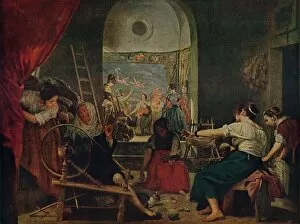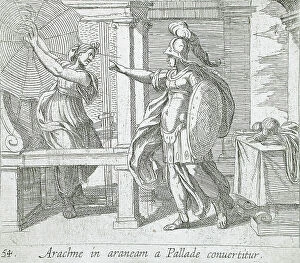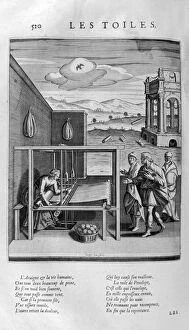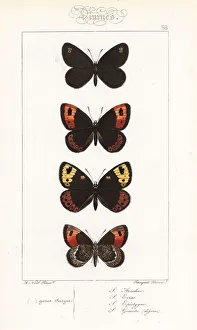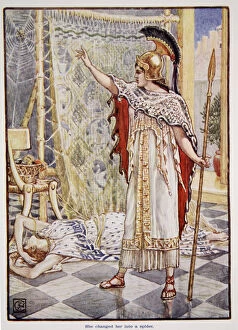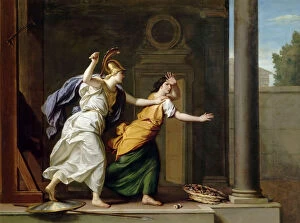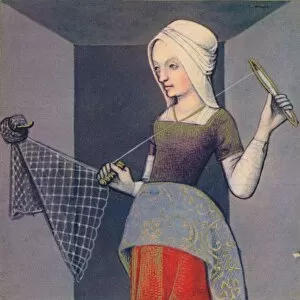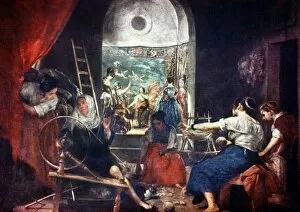Arachne Collection
Arachne, the legendary weaver from ancient Greek mythology, has captivated artists and storytellers throughout history
All Professionally Made to Order for Quick Shipping
Arachne, the legendary weaver from ancient Greek mythology, has captivated artists and storytellers throughout history. In Diego Velasquez's masterpiece "Las Hilanderas" or "The Spinners, " painted in 1657, Arachne takes center stage as she competes against the goddess Athena in a weaving contest. This tale is also depicted in an engraving titled "Les Toiles de Minerva" from around 1615. But Arachne's story goes beyond art. In nature, her name lives on through various species like Satyrus arachne and Satyrus evias, both belonging to the spring ringlet butterfly family. These delicate creatures flutter with grace just as Arachne did before her transformation. Speaking of which, Ovid's book VI tells us how Arachne was punished by Athena for her arrogance. The illustration accompanying "Arachne into a Spider or Aranne Trasformata in Ragno" depicts this fateful moment when she was changed into a spider—a symbol of intricate web-spinning that forever connects her to her craft. In another artwork by Rene-Antoine Houasse called "Minerva and Arachne, " we witness the encounter between these two powerful females once again. It reminds us of their eternal rivalry but also highlights the importance of creativity and skill. "The Fable of Arachne, " believed to be created by Velazquez around 1657-1658, further immortalizes this mythological figure who dared challenge divine authority. Her fate serves as a cautionary tale about hubris and its consequences. Even centuries later, artists like W Walker continue to find inspiration in this narrative. His painting from 1775 portrays "The Transformation into a Spider, " reminding us that our actions can have lasting effects on our lives. As we explore Rome's Forum of Nerva built during ancient times (85-97 A. C.

